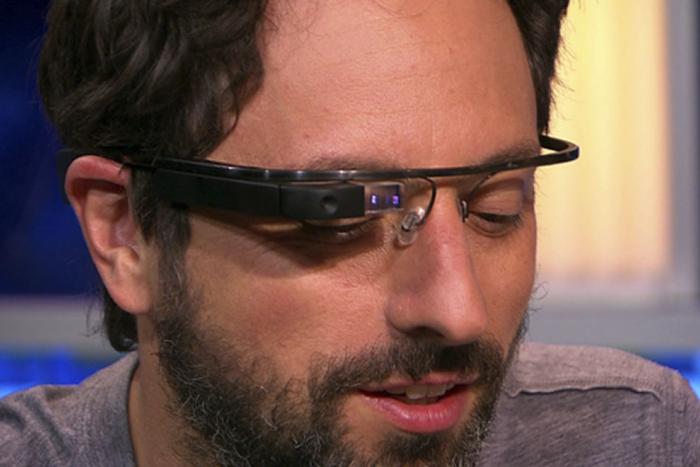The summer I was 11 I went to an art camp in town. We lived in the country, so when city kids got sent to the woods to learn canoeing and swimming, we got sent into the city to learn how to obey traffic lights and buy frozen yoghurt. That’s where, thanks to a girl with the most evil name in the world—subsequent Kims, like Kim Kardashian and Kim Jong Il, have confirmed this impression—I had my first experience of being bullied. Kim used to sit behind me tearing pieces off her eraser and throwing them at my head, so that my hair was full of rubber shavings, and telling everyone about my “ape arms” (I mean, even then I had bizarrely hairy forearms—I’m not saying Kim wasn’t observant).
Bullying among kids is a widely acknowledged social phenomenon, and, especially with the rise of social media and the new capacity for bullies to talk about your ape arms in a permanent, globally accessible forum, schools and camps are on the alert for this behaviour. Education professionals and social workers design anti-bullying strategies, and grownups thank their lucky stars the internet didn’t exist when they were kids.
What’s less acknowledged, however, is that bullying continues to be part of social experience for adults.
On February 8th, a UK newspaper reported that a 42-year-old man who worked at Steelite, a factory that makes fancy dinnerware, killed himself after being bullied at work. The Sentinel reported that one colleague said, “He told me about 14 months before his death that two colleagues were calling him names and doing drawings of him and putting them on his bench.” Another colleague said, “The bullies encouraged each other. They were name-calling and started doing impressions of him. They used to throw stuff at him and purposely walk into him. He was being picked on and I told him to go and report it, but he didn’t want to.”
Workplace bullying has received increased attention over the past few years: Canadian studies indicate that bullying in the workplace is three to four times more prevalent than sexual harassment or racial discrimination. The Alberta government gives a rundown of the straight-up equal-opportunity bullshit that constitutes workplace bullying, and it’s some petty, junior high stuff: spreading rumours about someone, excluding someone from group lunches, yelling, swearing, belittling someone in front of everyone. Then there are the work-specific things, like supervisors who give unreasonable schedules or make up rules on the spot so you get in trouble for violating them. Basically, the workplace is even better than summer camp as a place to act like a jerk.
The irony is, people in the helping professions—educators, social workers, and health care professionals—are the meanest to each other. “The problem of workplace bullying appears to be especially common in the hospitality industry and in health, education, and social services,” writes Kate van Heugten of New Zealand’s University of Canterbury, whose recent study on workplace bullying appears in the journal Qualititative Health Research. In the course of her research, she interviewed 17 social workers who had been bullied in the course of their work at NGOs, child protection agencies, and public health organizations, and who said things like, “A good many people of all disciplines were feeling stressed, and overworked, and undervalued, and undermined and, you know... it was a paradox. Um, working in health was unhealthy.”
The profession that gets it the worst, it seems, is nursing. A study out of Vanderbilt University showed that some 60 percent of new nurses leave their first jobs within six months as a result of the toxic culture—a professional hazard encapsulated in the saying, “Nurses eat their young.” Nursing is stressful as hell, and old-timers can come to feel justified in taking out their frustration on the new kids.
Part of what sucks about being a kid is the lack of control—people are constantly shuffling you around to different places, telling you what to eat, what to wear, and how long to sit still. In stressful work environments, it’s kind of the same thing—it’s an absence of autonomy that often makes people dissatisfied, and that feeling of being trapped can turn into aggression. It seems the kid world doesn’t just stop when you get to be an adult; the Kims are only one cubicle over.






